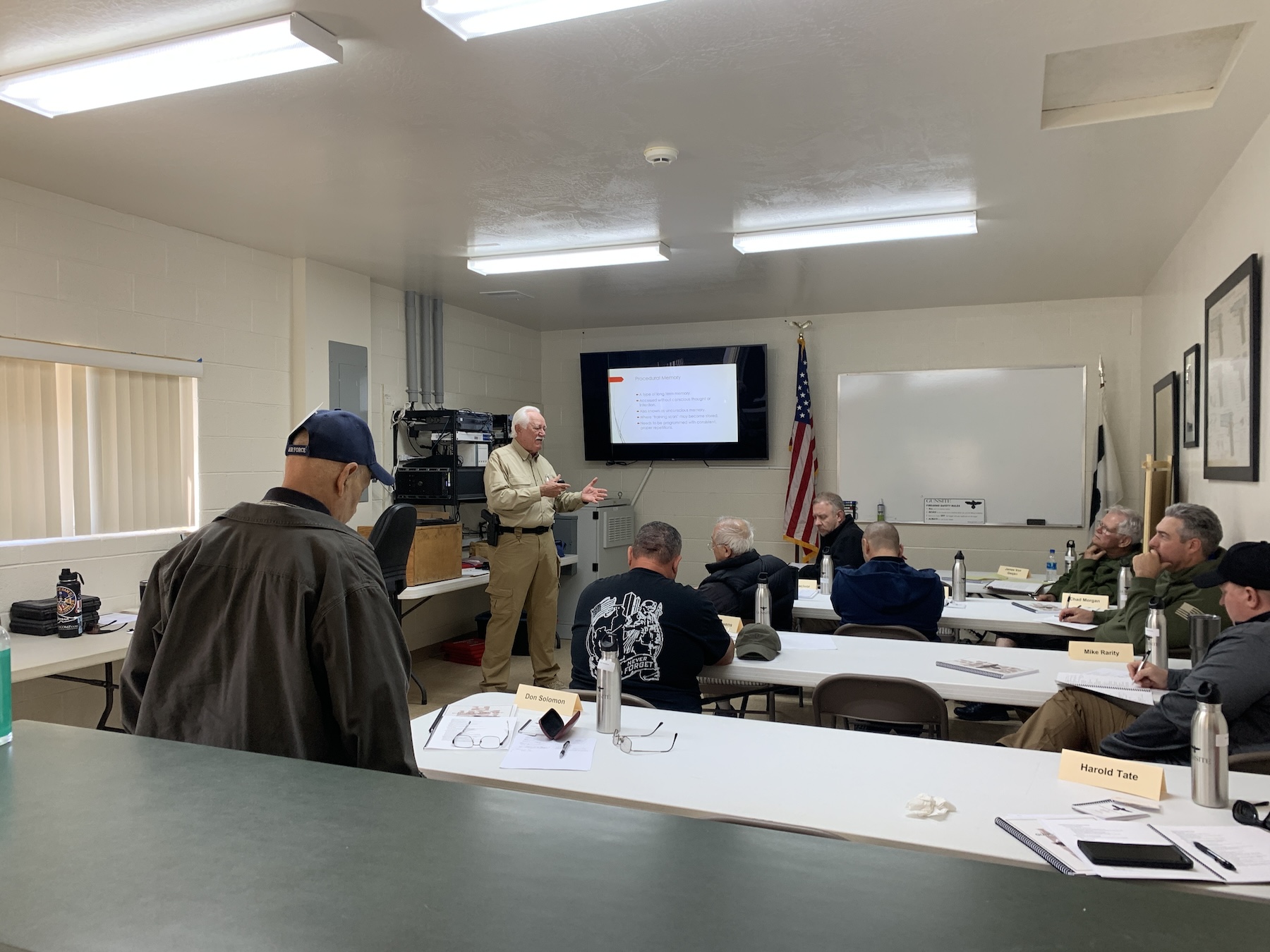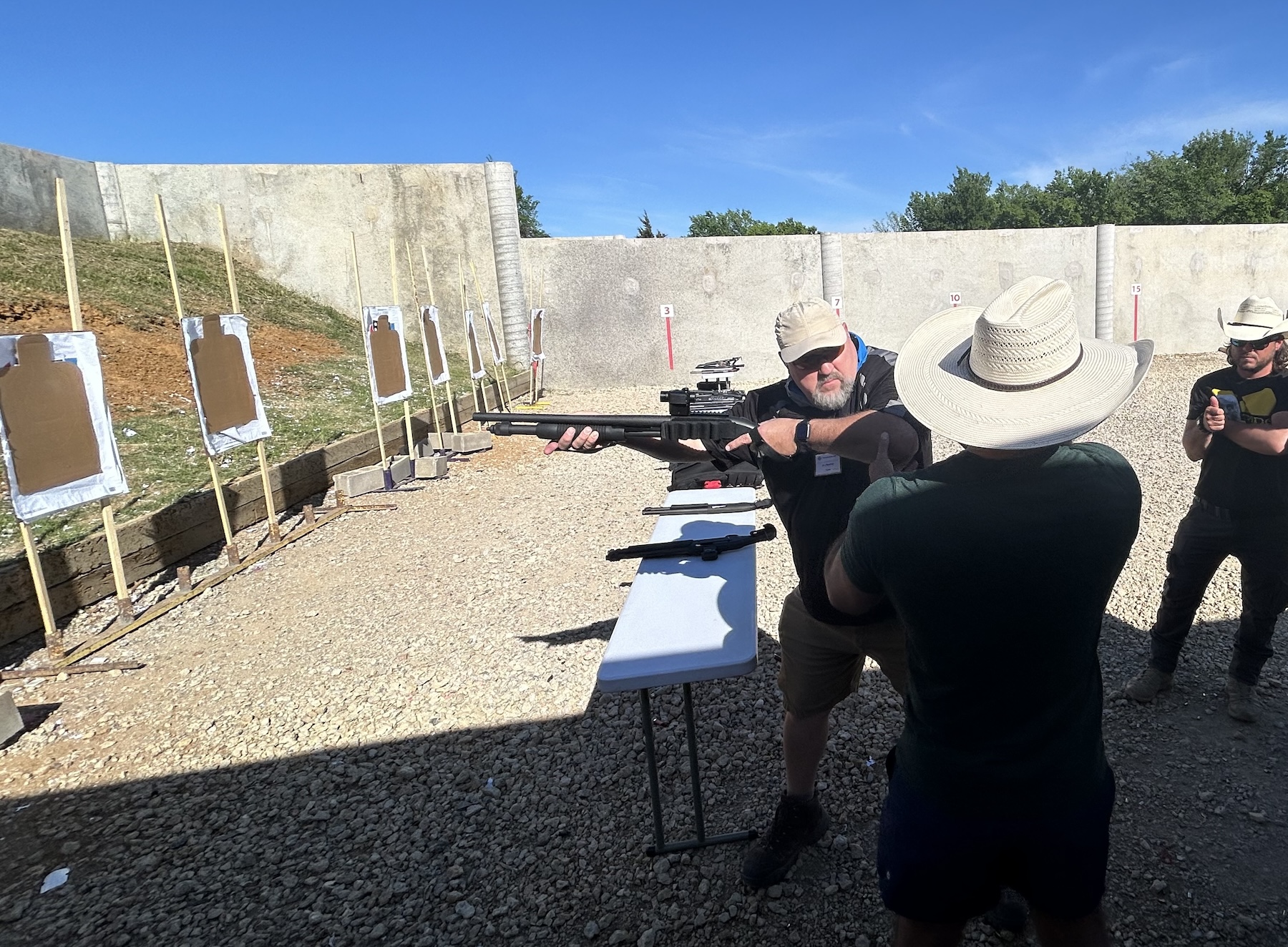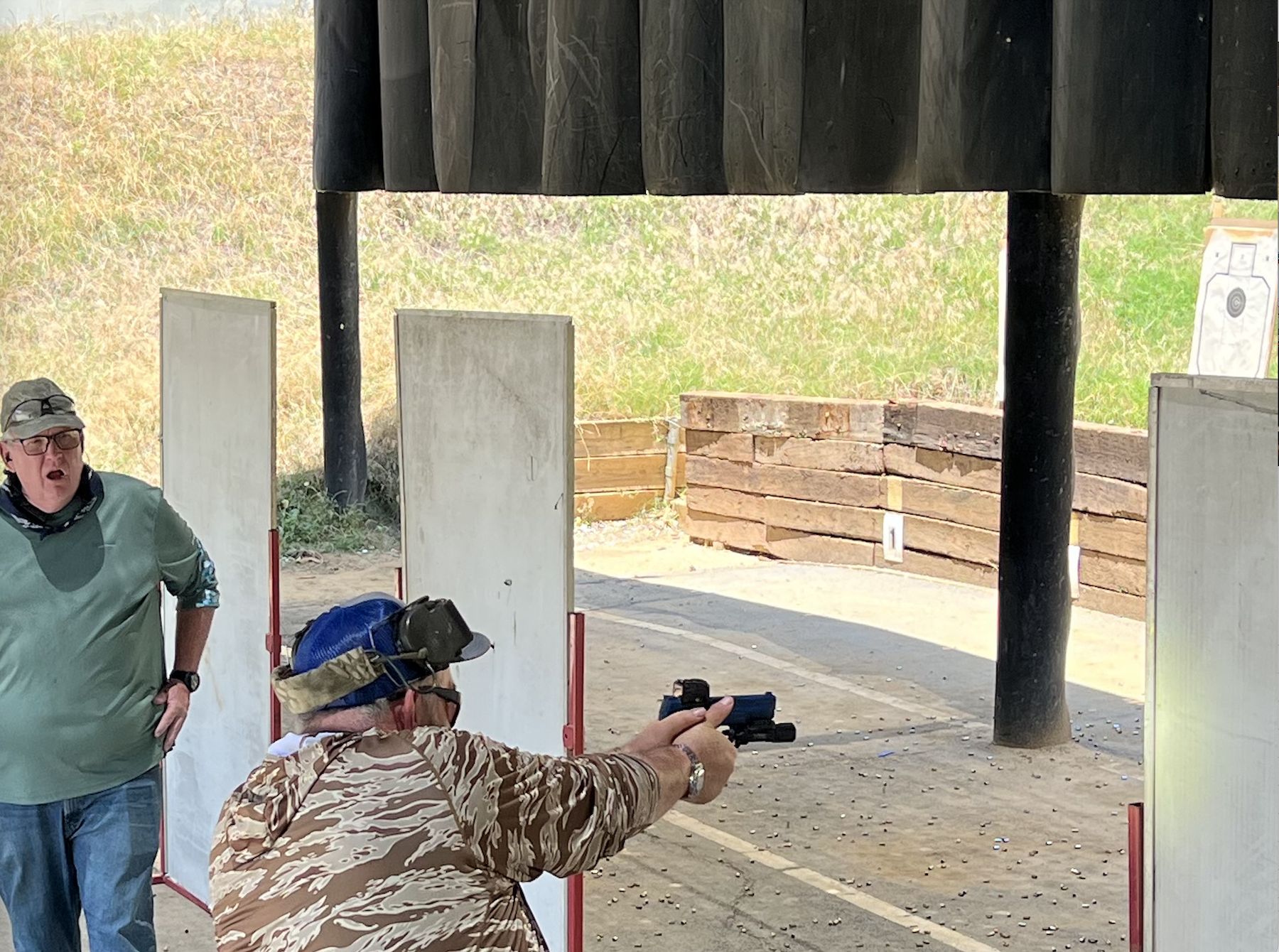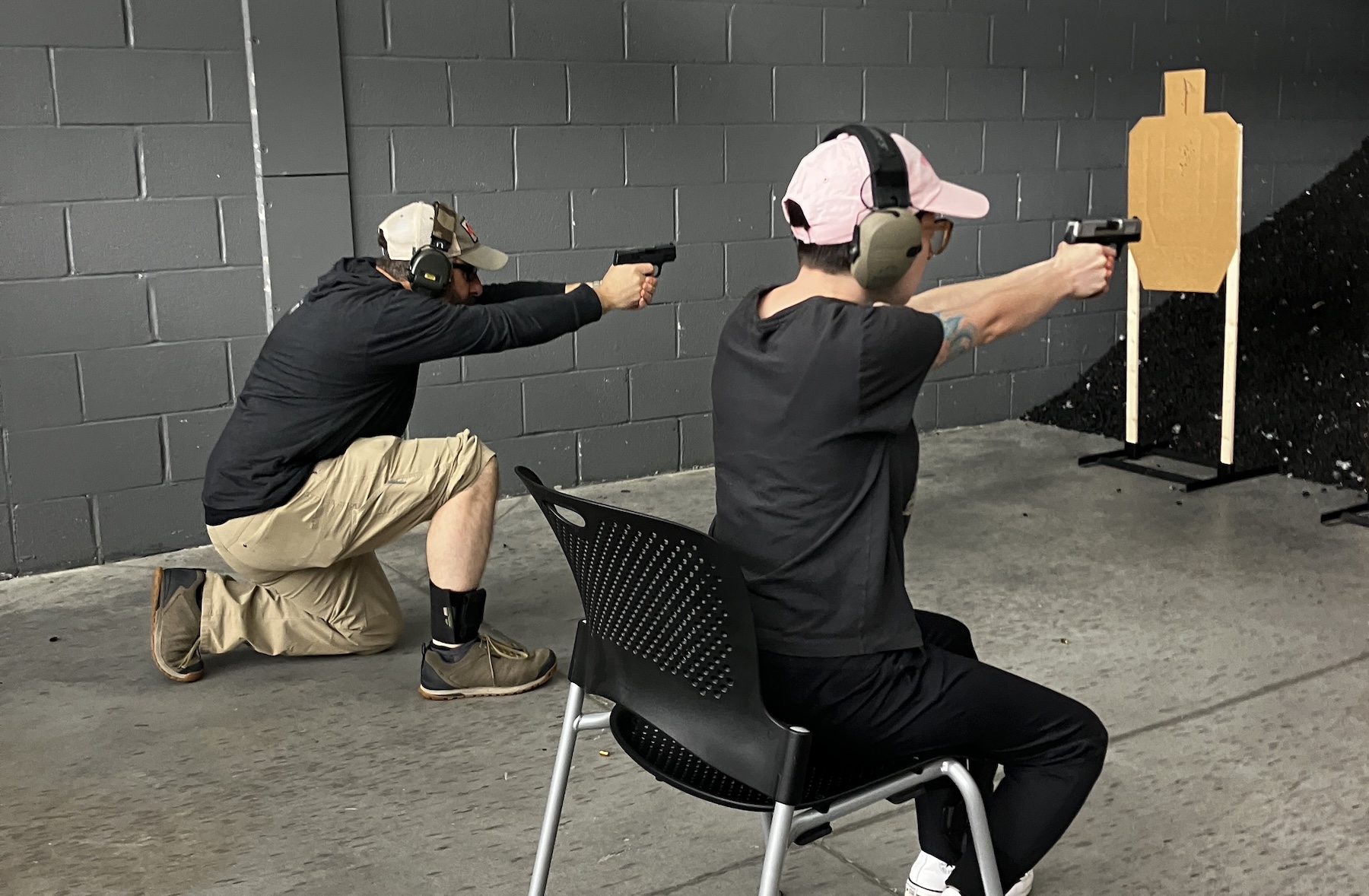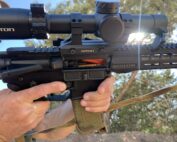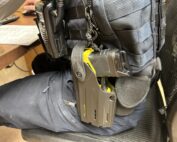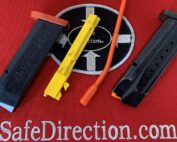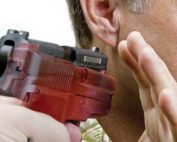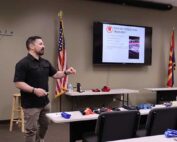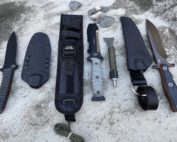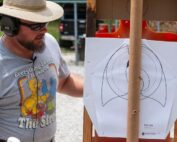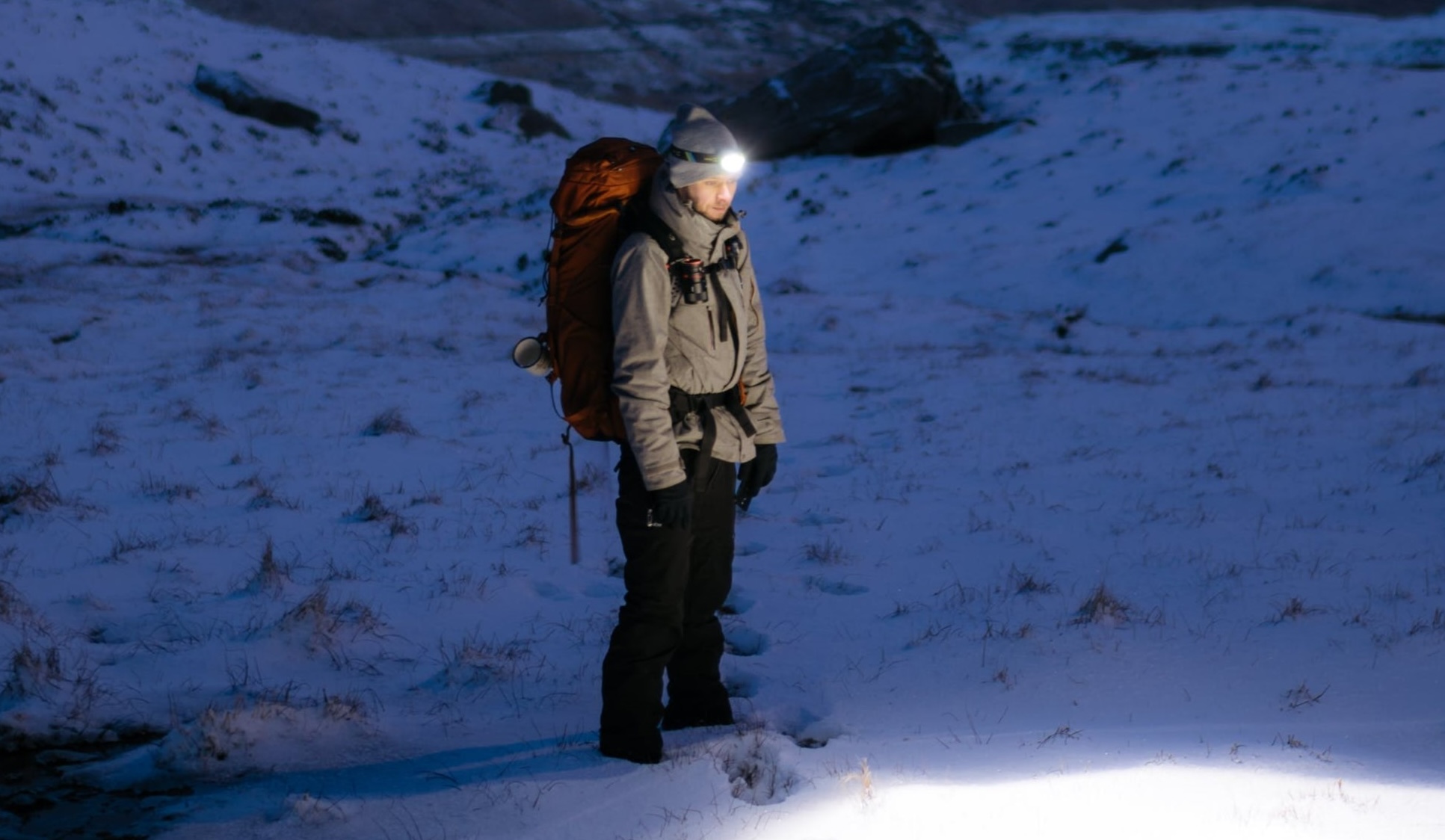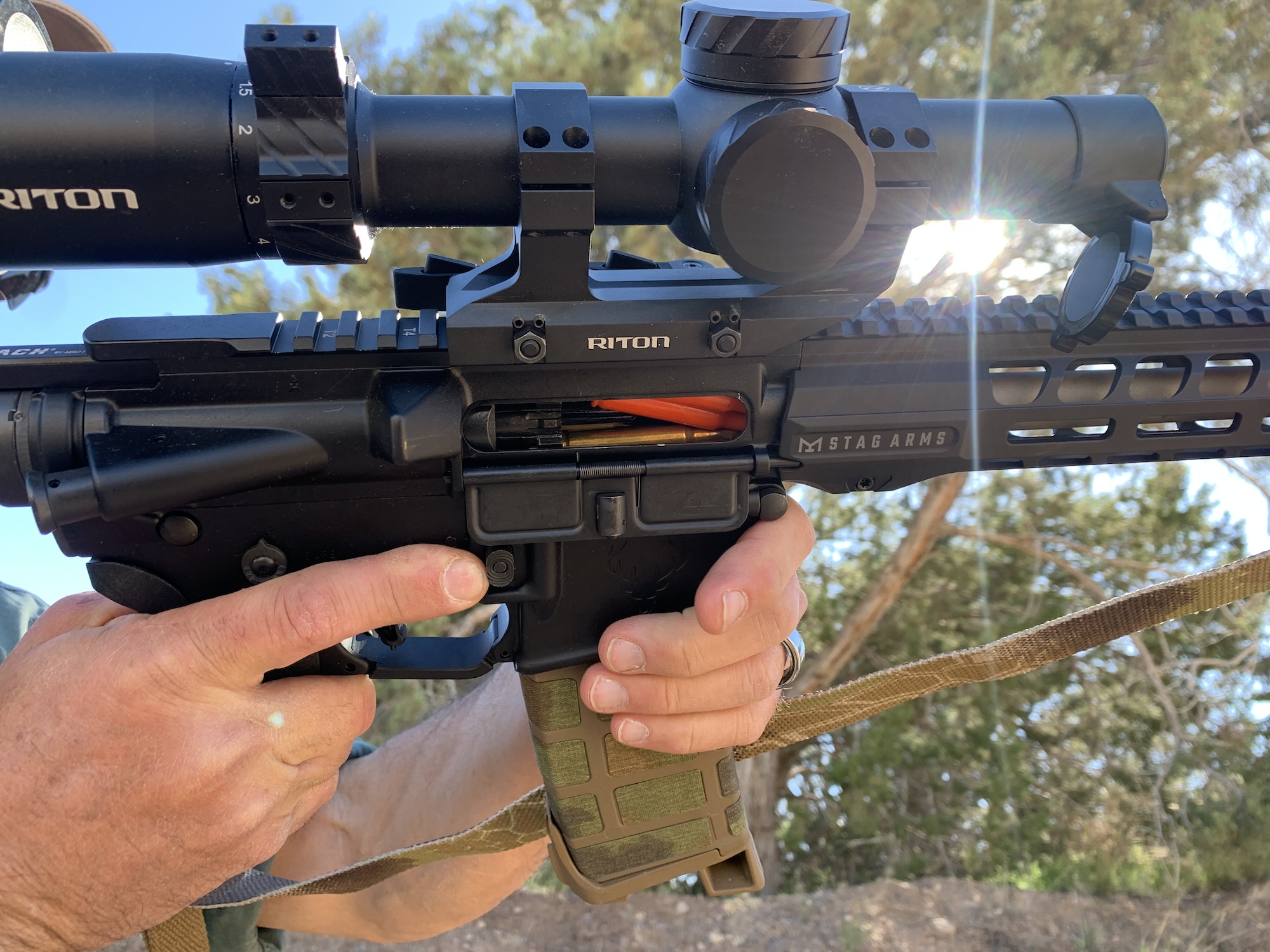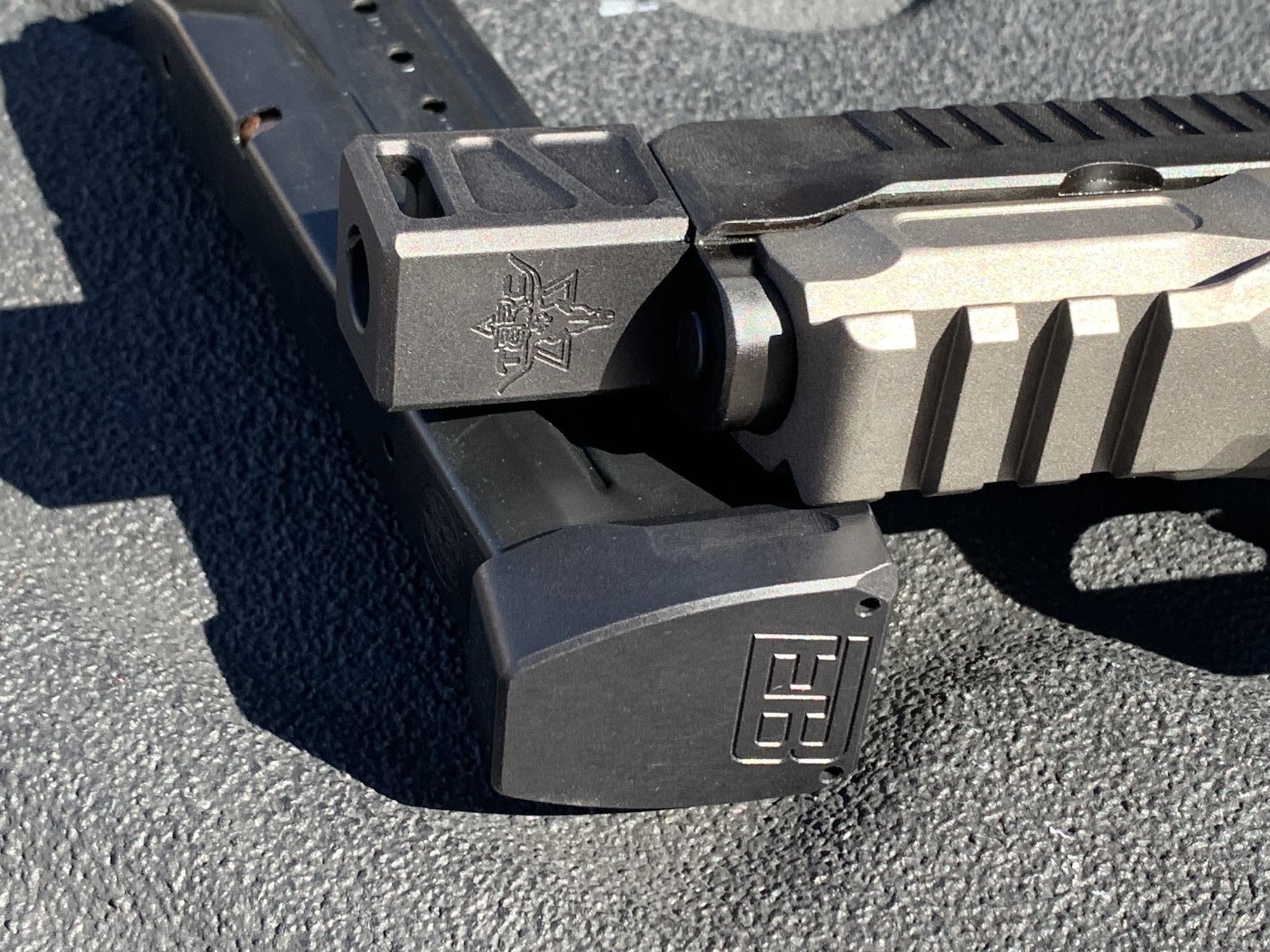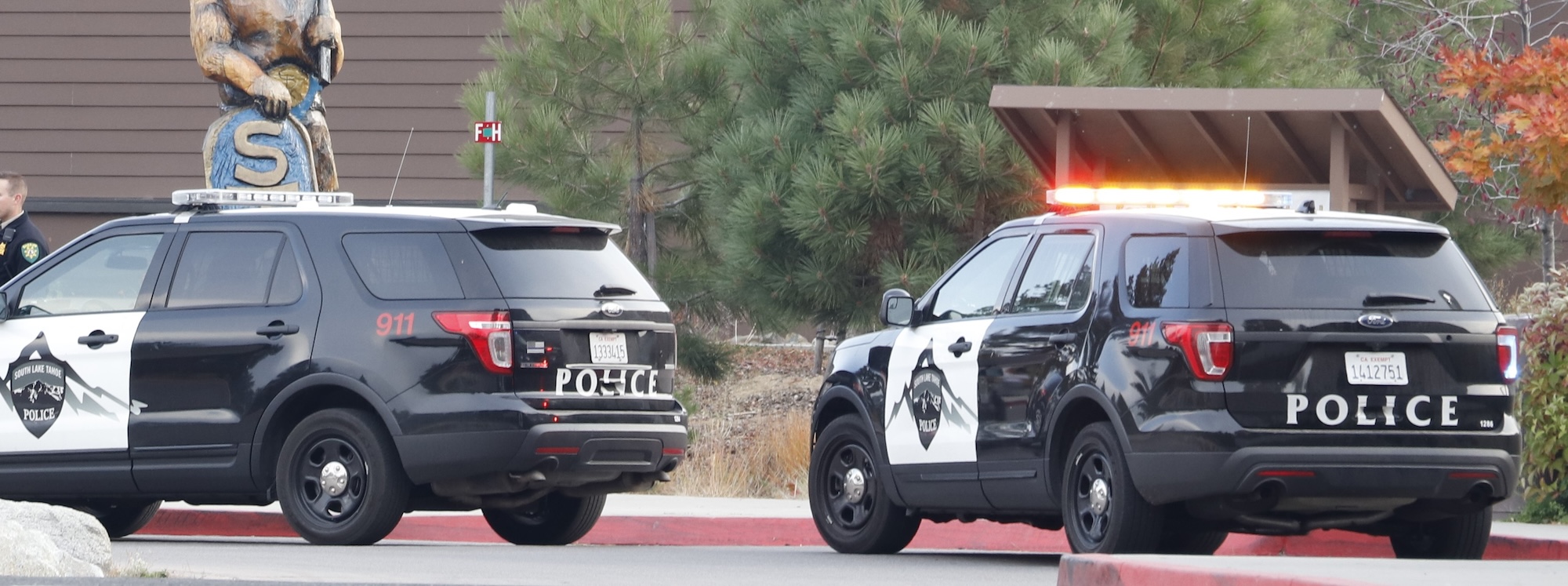
feature2024-04-15 at 8.28.28 PM
Over the last several weeks, I’ve been on the road teaching much more than I have been at my place. As I finished up the most recent trip, a fellow instructor suggested I document my experiences for others.
These classes were at a fixed-site shooting school with decades of experience, a recurring conference at the same location yearly, and one-to-three-day classes that traveled to teach at multiple locations.
California
The first of the classes—an instructor development program—was held at a club range on the West Coast. The classroom was fine, and the large-screen TV worked. The seats and tables were comfortable. Although we did have to change classrooms during the course, there was generally no issue with them.
The range’s rules were problematic. The facility did not allow students to have firearms on them outside of the shooting ranges – meaning they had to disarm even going to the bathroom. And while peace officers are, by definition, civilians, the club mandated they unload before leaving the bay.
The company that produced and sold the necessary targets had received the order and acknowledged it. Unfortunately, they did not follow through with shipping the targets to the course host. Fortunately, there were reasonable facsimiles, and both instructors could call an audible. That got us through Day #1.
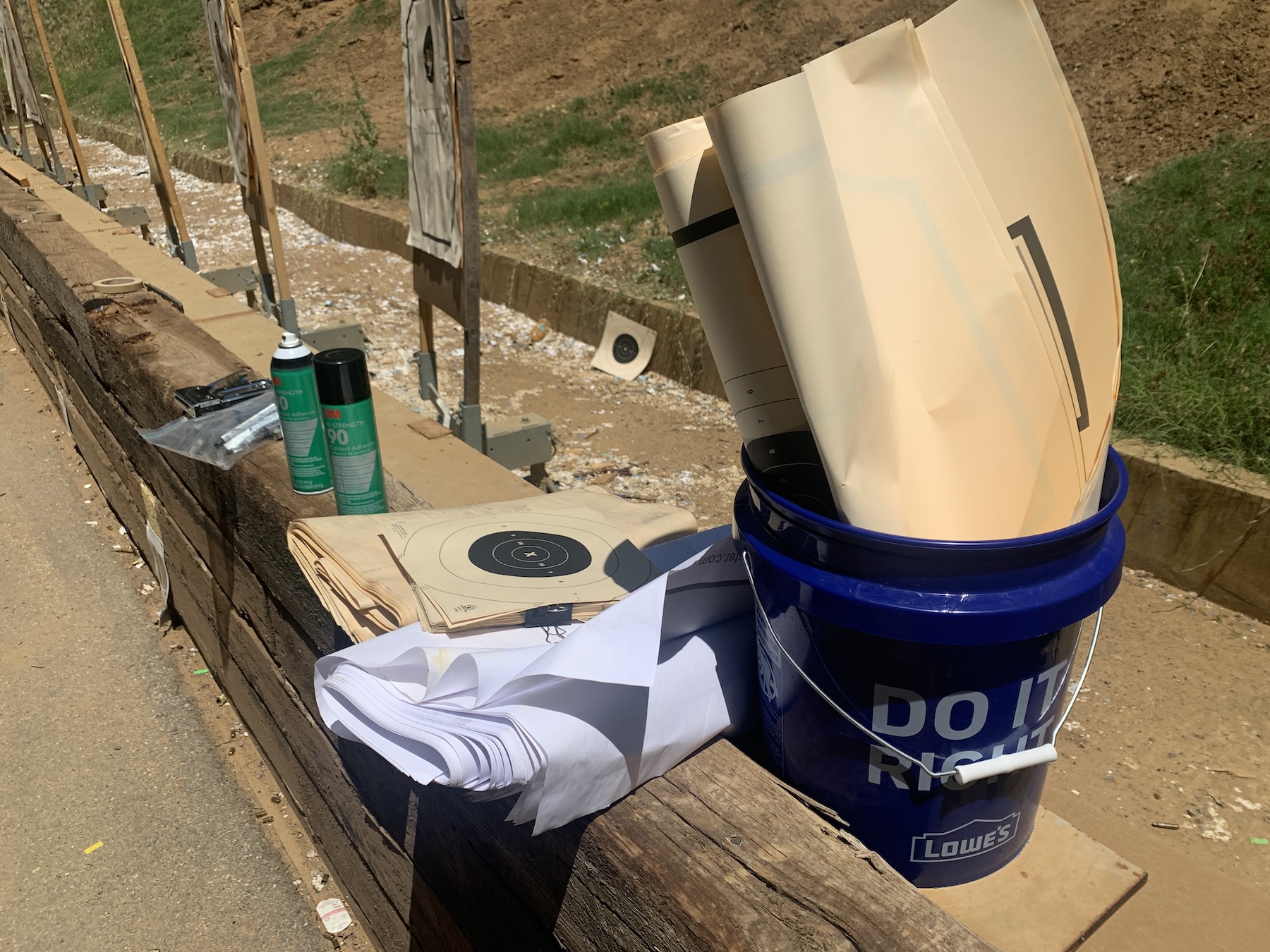
Just some of the supplies needed – variety of targets, spray glue, staple guns and staples – brought by the instructor or supplied by the host.
One of the students had recently hosted another itinerant instructor who used those same targets. After the first day, he went home and picked up those left-over targets. That allowed us to get through the rest of the class using the specific target.
Of note, it seemed that several of the students did not understand the requirements to be successful in the class, even though they were spelled out in communications about the course.
Arizona
Then, it was off to a long-standing shooting school at a fixed location. There are multiple classrooms with desktop computers and large-screen TVs. Each of the ranges has a large garage-like shed that can hold a full class in the event of weather concerns. Those buildings also hold a cabinet with range supplies, such as spray paint, targets and tape, staple guns, spare frames, and remote-control target systems.
There is a full-time support staff that addresses the physical plant, including all the ranges.
While it is easy to get spoiled working at a facility like this one, the instructors still need to handle some of the preparatory work. That includes monitoring the supplies and re-stocking them as needed. One morning, a bit of extra work was required to get the targets to the right places.
Texas
Then, I headed out to a multi-day conference and training event. There were several two- and four-hour shooting blocks on at least six shooting bays. Additionally, there was a handgun match, three classrooms, and an area for weapon-less skill development.
Each instructor was asked to submit their equipment needs for the live-fire blocks. The staff did an excellent job fulfilling those requests. When I arrived on my range Saturday morning—about 8 hours after getting into town—all the supplies I had asked for were there: target stands, backers, targets including extras, staplers, spray paint, and tape. It was like that for both of my sessions, which also included the need for a plate rack.
Not having to worry about those issues makes the teaching side of things flow a whole lot smoother.
Tennessee
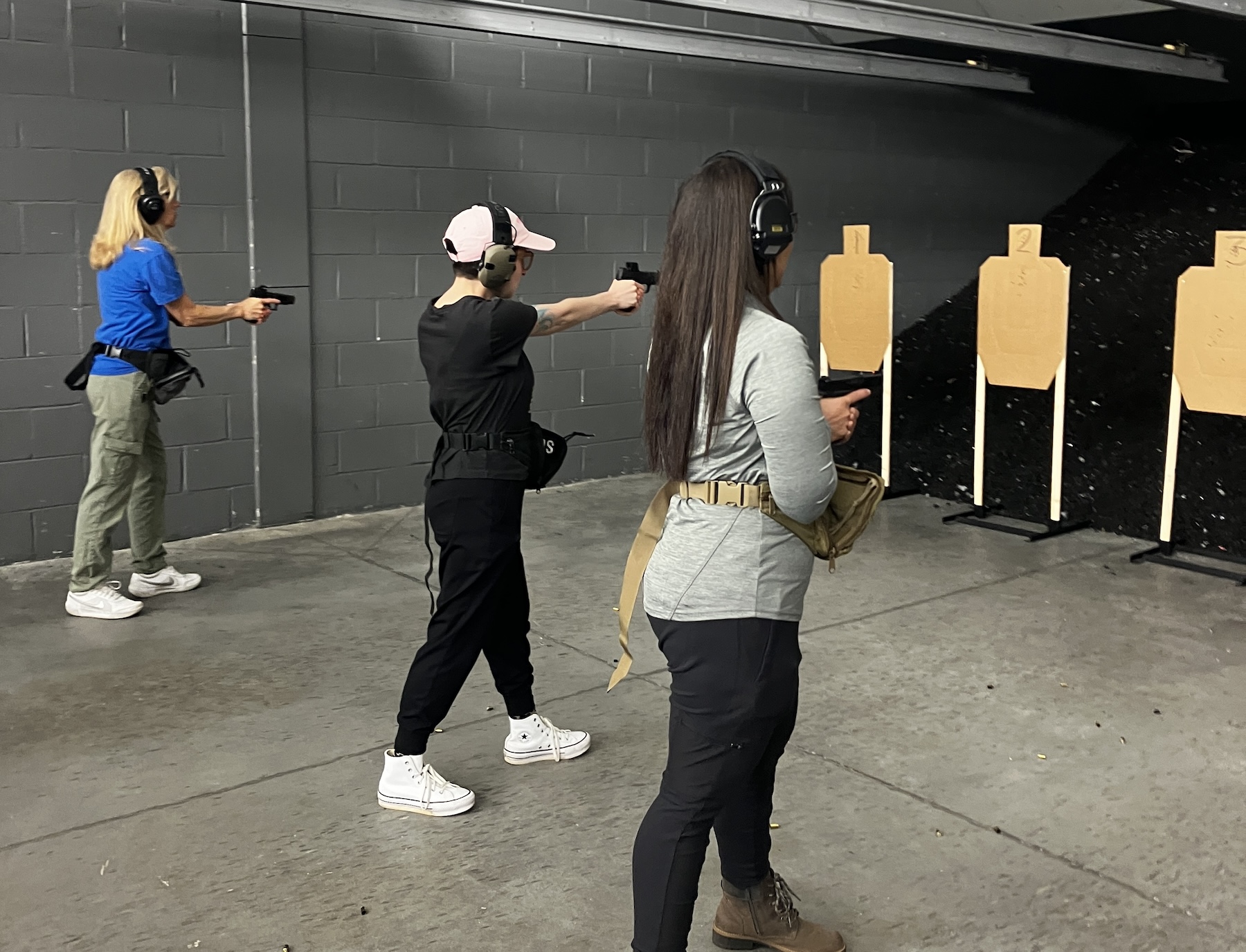
The range had target stands, a great floor, and a comfortable facility – climate-wise. The host supplied the targets.
Finally, I headed back east for three classes at two different facilities. My host did a yeoman’s, no, yeowoman’s job. She handled multiple issues that presented themselves in the lead-up to class. She lined up an indoor range with a good classroom. The only issue there was the range itself, adding a student, which led to us filling the range from one side to the other, minimizing room between students. Strangely, it was the add-on student who complained about it in the de-brief.
There was an issue that necessitated reaching out to several people for help, and the host did very solid work. When we first agreed on the courses, one of which was a shotgun class, the need for appropriate steel targets was discussed. The staff of the range we would use was contacted and asked about steel. They said they had it. During a follow-up conversation, as the course date neared, they admitted they did not have the necessary steel. After some phone calls and numerous offers of assistance by other instructors – who I’m indebted to – one nearby instructor offered up their steel targets.
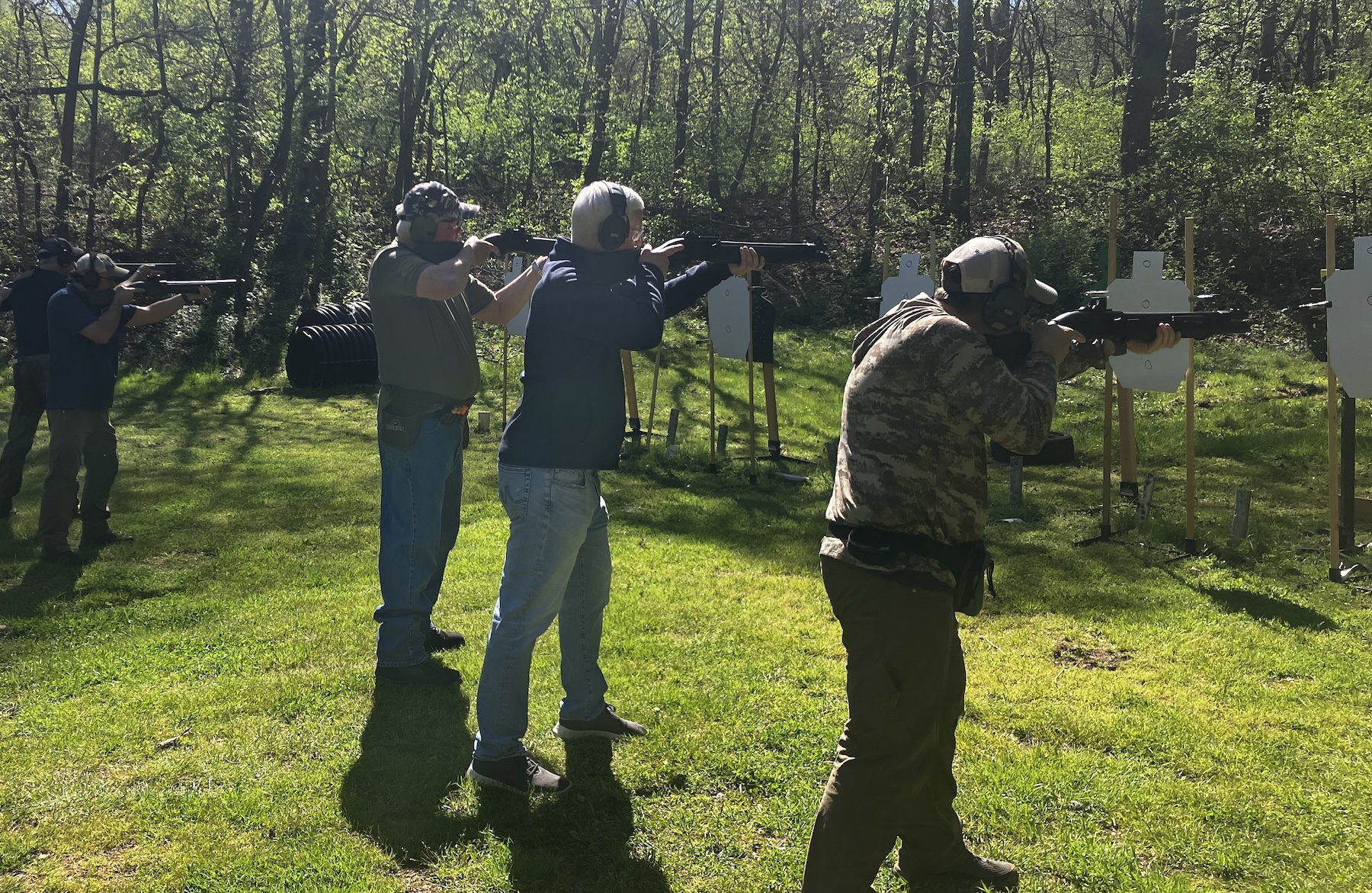
When I found out the range didn’t have the needed steel, the host contacted other instructors for the necessary targets.
Those steel targets and stands were dropped off along with tools, stakes, and spray paint by that instructor. And he has refused to make any efforts to compensate him.
Take-Aways
Look for shipping confirmation of your supplies, and if it isn’t there in a timely fashion, follow up by reaching out;
Find a way to communicate what is needed to be successful in advance of some courses. While students will ask what they should practice ahead of time, “A” way to convey that information beyond typing it out in an email may well be needed;
Doers do what check. Every now and then, instructors need to ensure there are adequate supplies;
I’ll be updating my facility requirements document with photos of the acceptable types of steel for my classes.
Final Thoughts
The support staff, fellow instructors, and students who will make every effort to assist you are worth their weight in the precious metal of your choice.
Hopefully, I’ve explained these in a way that will help other instructors, hosts, and students.


